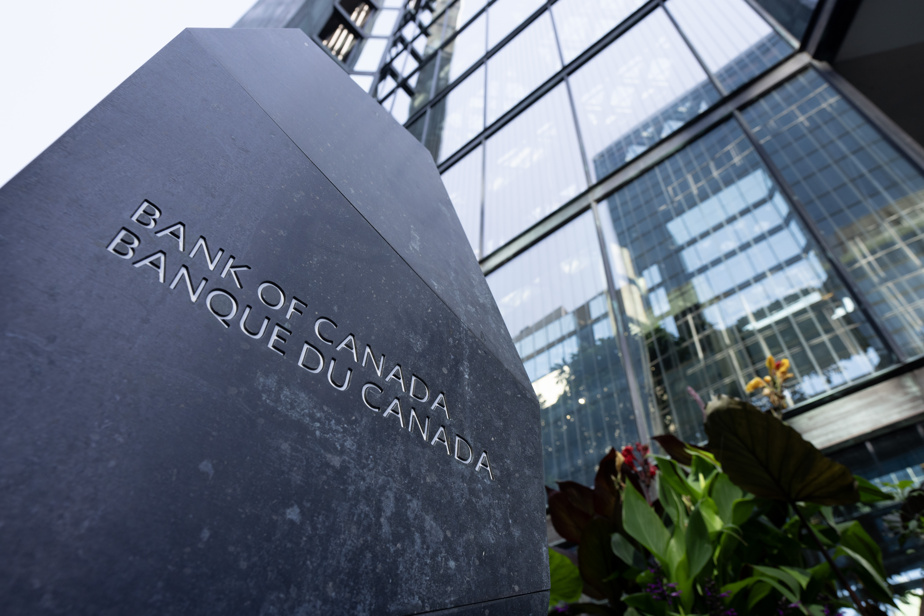We often talk about the interest rate these days, but if the Bank of Canada increases its rate and institutions borrow at that rate, what does the BDC do with the interest earned? Are they owned by the federal government? THANKS. – Patrick Lussier
In fact, banks put their depositors’ money to work and do not borrow from the Bank of Canada in the normal course of their activities, with some exceptions. Rather, it is the Bank of Canada that pays interest to commercial banks which are required by law to maintain reserves at the central bank. The Bank of Canada normally makes a profit from the interest earned on its investments, which is higher than that it pays on commercial bank deposits.
These profits are paid to the federal government, which has delegated to the Bank of Canada its exclusive right to issue currency and provide bank notes to financial institutions. Financial institutions pay for this, and these revenues are invested by the Bank of Canada in Government of Canada debt securities, bonds and Treasury bills, which earn it interest.
Currently, the Bank of Canada is in an exceptional situation: it has been in deficit since the third quarter of 2022 and could accumulate losses for another two or three years.
It was the pandemic that put the Bank of Canada and several other central banks in this position. When the global economy was shut down by COVID-19 in early 2020, central banks intervened by massively financing government spending to mitigate the impact of the crisis on the population who found themselves confined and often unemployed.
The Bank of Canada purchased a huge quantity of federal bonds which bore interest at the then very low rate of 0.5%. When the economy returned to normal, inflation reappeared and became a problem. The Bank of Canada quickly raised interest rates to try to bring price increases back toward its 2% target.
The central bank must remunerate bank reserves at the current high rate while the securities it owns yield the lower interest rate before the pandemic. The Bank of Canada’s losses result from this gap between its interest income and its interest expenses.
Other central banks, including the US Federal Reserve, are also in deficit, a situation that should be temporary.
“Over time, the bank will return to a positive net result,” assured the Canadian monetary authorities when publishing their latest results.
